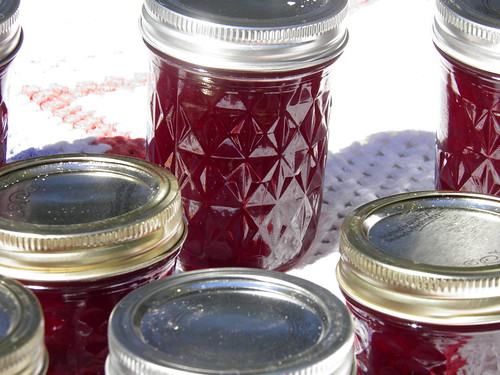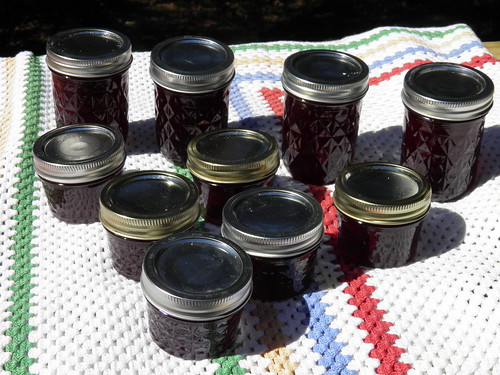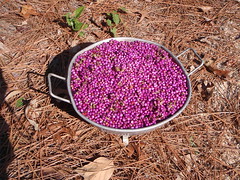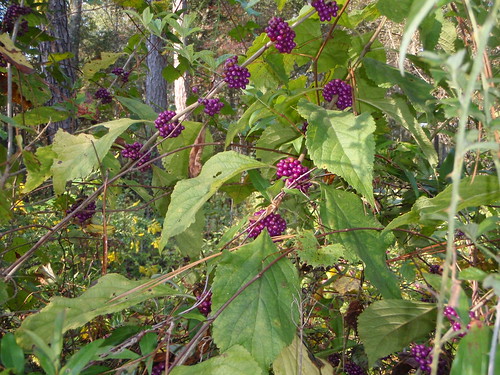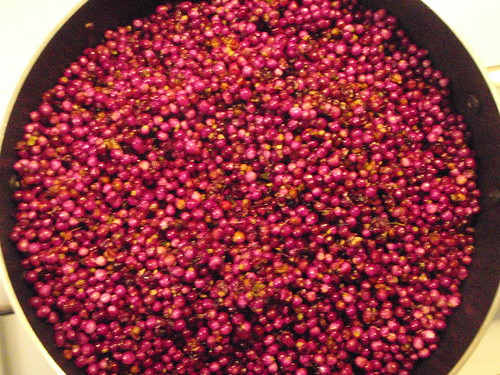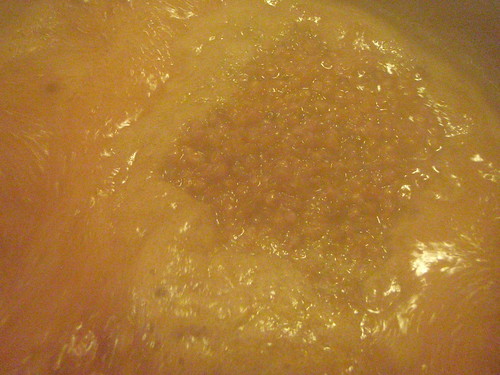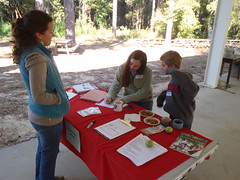Whenever possible we us[sic] local meats, cheese and produce to provide our diners with fresh and dynamic flavors. Local products from the likes of Gayla’s Grits, Horner Farms, Sweet Grass Dairy and Thompson Farms allow Charlie Tripper’s to serve delicious and local farmstead fare year round. Menus are subject to change in order to accommodate seasonality and availability.
4479 North Valdosta RoadThis post owed to Buddy Boswell.
Valdosta, Georgia, 31602
229-247-0366
-jsq





